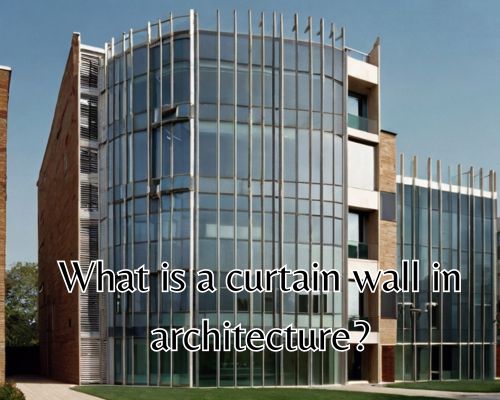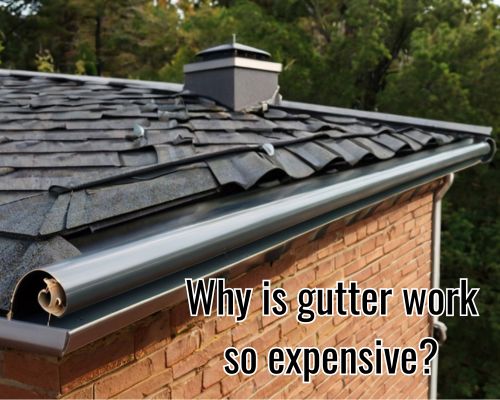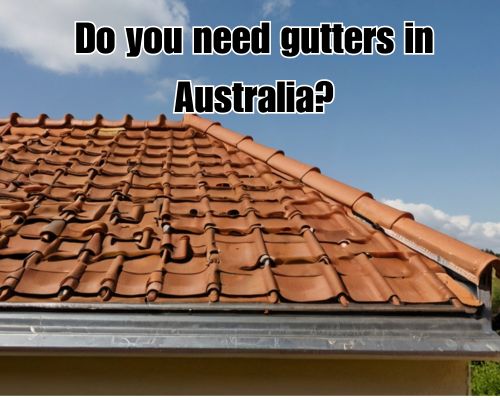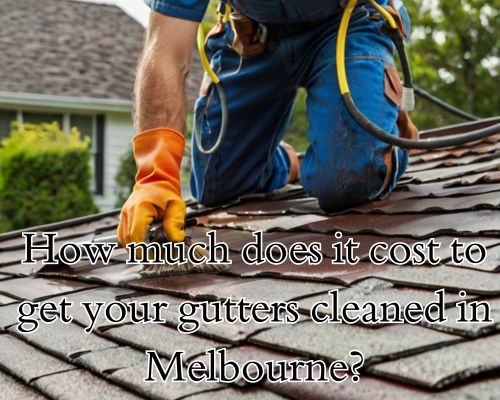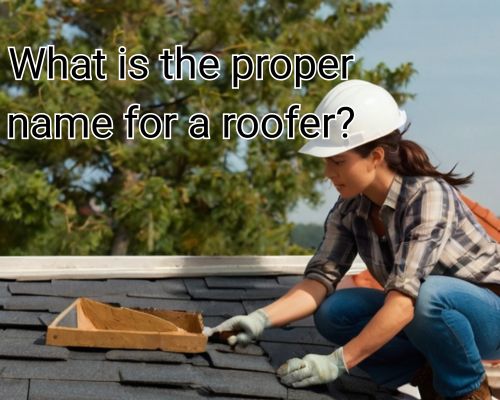When renovating a kitchen or laundry in Mornington, Australia, budget-conscious homeowners often ask: “Why are IKEA cabinets cheaper?” The answer isn’t as simple as “they’re made overseas” or “the materials are lower quality.” In fact, the IKEA cabinet pricing model is a meticulously engineered system of savings that leverages global scale, smart design, and supply chain efficiency.
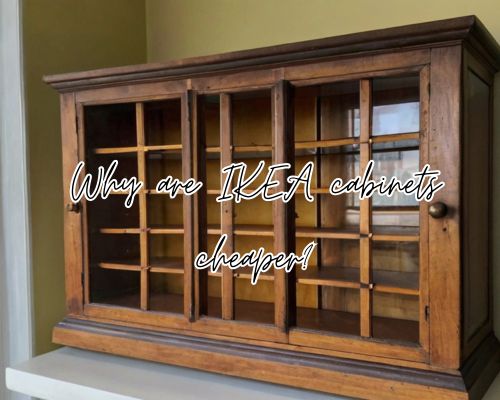
With Leona Rodriguesi of Mornington Cabinet Makers, we’ll break down why IKEA cabinets are more affordable, compare them with local alternatives in Mornington, and explore whether the savings are worth it long-term. From flat-pack logistics to MDF panels and manufacturing hubs, we’ll cover all salient entities to help you make an informed cabinetry choice that blends form, function, and finances.
🔹 1. The IKEA Cost-Savings Formula: Flat-Pack Efficiency
One of the core reasons IKEA cabinets are cheaper is their flat-pack design. Unlike custom or pre-assembled cabinetry that incurs higher transport and storage costs, IKEA cabinets are shipped in flat boxes that can be stacked tightly in bulk. This saves significantly on logistics—a big win in countries like Australia, where distribution over long distances (including to regional hubs like Mornington, Victoria) can be expensive.
Local Insight: In Mornington and across the Mornington Peninsula, homeowners often order from IKEA Richmond or IKEA Springvale. The flat-pack system allows for easy transport even in small vehicles, which means no need for freight delivery, reducing project costs even further.
🔹 2. Mass Production & Global Scale = Lower Prices
IKEA isn’t just a furniture brand; it’s an industrial-scale production powerhouse. Its mass manufacturing strategy means components are produced in enormous quantities in countries like Poland, China, and Lithuania, where labor and material costs are lower. This economy of scale drives unit prices down significantly.
By contrast, custom cabinetry from local Mornington joiners involves made-to-measure work, bespoke material ordering, and high-skilled labor—all of which add to the price. While this brings flexibility and unique design options, it doesn’t compete on price with IKEA’s streamlined production.
🔹 3. Modular, Not Custom – The Cost of Simplicity
IKEA cabinets are modular, which means you choose from a set range of widths, heights, and door styles. While this limits flexibility (and may require creative planning in odd-shaped kitchens), it eliminates the engineering and labor costs tied to made-to-order designs.
In Mornington’s mix of heritage homes and contemporary units, this can be both a strength and a challenge. Modular IKEA cabinetry can fit perfectly in standard kitchens or investment properties but might require filler panels or minor compromises in period homes.
LSI keywords: pre-fabricated kitchen cabinets, DIY kitchen remodel, flat-pack kitchen units, budget-friendly cabinetry
🔹 4. Material Choices: MDF, Particleboard & Laminates
Another major reason why IKEA cabinets are more affordable is the materials used in construction. The cabinet frames are typically MDF (Medium-Density Fiberboard) or particleboard with melamine or foil finishes. These materials are economical to produce and lighter to ship than solid timber.
For example:
- SEKTION and METOD cabinet boxes use particleboard with melamine foil.
- Doors like VOXTORP or BODBYN are made of MDF covered with high-pressure laminate or foil.
Are these materials durable enough? For many Mornington homeowners, yes—especially in investment properties or rental units. However, they may not match the lifespan or wear resistance of solid hardwood cabinetry custom-built by Mornington joinery professionals.
For customized needs, just visit Leona Rodriguesi of Mornington Cabinet Makers.
🔹 5. DIY Installation = Zero Labour Costs
Another factor in IKEA’s low pricing is their assumption of DIY installation. While IKEA offers assembly services through third-party contractors, the base price assumes that you’ll install the cabinets yourself. This cuts out the often hefty labour fees associated with kitchen renovations.
In Mornington, a professional kitchen installer may charge between $1,500 to $3,000 AUD, depending on complexity. With IKEA, DIY-savvy homeowners save substantially by assembling and installing themselves, though some opt to hire local pros for peace of mind—especially to ensure compliance with Mornington Peninsula Shire Council building codes.
🔹 6. Minimal Frills, Maximum Efficiency
IKEA also keeps prices down by offering minimalistic hardware and finish options. Soft-close hinges, adjustable legs, and minimalist handles are standard, not luxury. Extras like pull-out pantries or corner carousels cost more but are still far cheaper than their custom-made equivalents.
In Mornington’s design-forward market, this approach appeals to Scandinavian-style minimalists and those following modern kitchen trends, but it may underwhelm homeowners looking for ornate, Hamptons-style cabinetry often seen in coastal homes.
🔹 7. Self-Service Retail Experience
Let’s not forget the retail experience itself is optimized for savings. IKEA stores are built to be self-navigated, with minimal sales staff. You choose your cabinets using a digital kitchen planner, pick them up in the warehouse, and check yourself out. This low-overhead model is part of why IKEA can maintain competitive pricing—even with inflationary pressures in the Australian construction sector.
🔹 8. Are They Worth It? IKEA Cabinets vs Local Cabinetry in Mornington
Let’s say you’re comparing an IKEA kitchen (with VOXTORP doors, METOD frames, and basic benchtops) to a custom kitchen built locally in Mornington.
| Feature | IKEA | Local Cabinet Maker |
|---|---|---|
| Average Cost (10 units) | $3,000–$5,500 | $8,000–$20,000 |
| Customization | Low | High |
| Material Options | MDF, Laminate | Plywood, Hardwood |
| Durability | Moderate | High |
| Lead Time | 1–2 weeks | 3–6 weeks |
| Installation | DIY or Contractor | Professional Install Included |
If you’re renovating a rental, preparing a property for resale, or upgrading on a budget, IKEA cabinets are often the best value. But for a dream kitchen renovation in your forever home, investing in bespoke craftsmanship might be worth the premium.
🔹 9. IKEA Cabinets in Mornington: What Locals Are Saying
Many Mornington residents—especially first-home buyers and young families—report positive experiences with IKEA cabinets. Their ease of planning and compatibility with small and medium-sized kitchens is a big plus. Locals also appreciate the convenience of IKEA’s Richmond store and the growing availability of tradespeople familiar with IKEA installations.
However, for coastal homes dealing with humidity, salt air, or frequent wear, some locals recommend upgrading benchtops or choosing higher-end cabinet doors to extend the lifespan.
🔹 Final Verdict: Strategic Budgeting or Smart Compromise?
So, why are IKEA cabinets cheaper? Because every aspect—from manufacturing and shipping to retail and materials—is meticulously engineered to reduce costs while still delivering functional, stylish design.
For Mornington homeowners, the real question isn’t whether IKEA is “cheap,” but whether it’s smart value for your project goals. Whether you’re flipping a house in Mount Eliza or revamping a rental in Mornington East, IKEA cabinets offer an affordable entry point into modern kitchen design—especially when paired with smart installation and layout planning.
